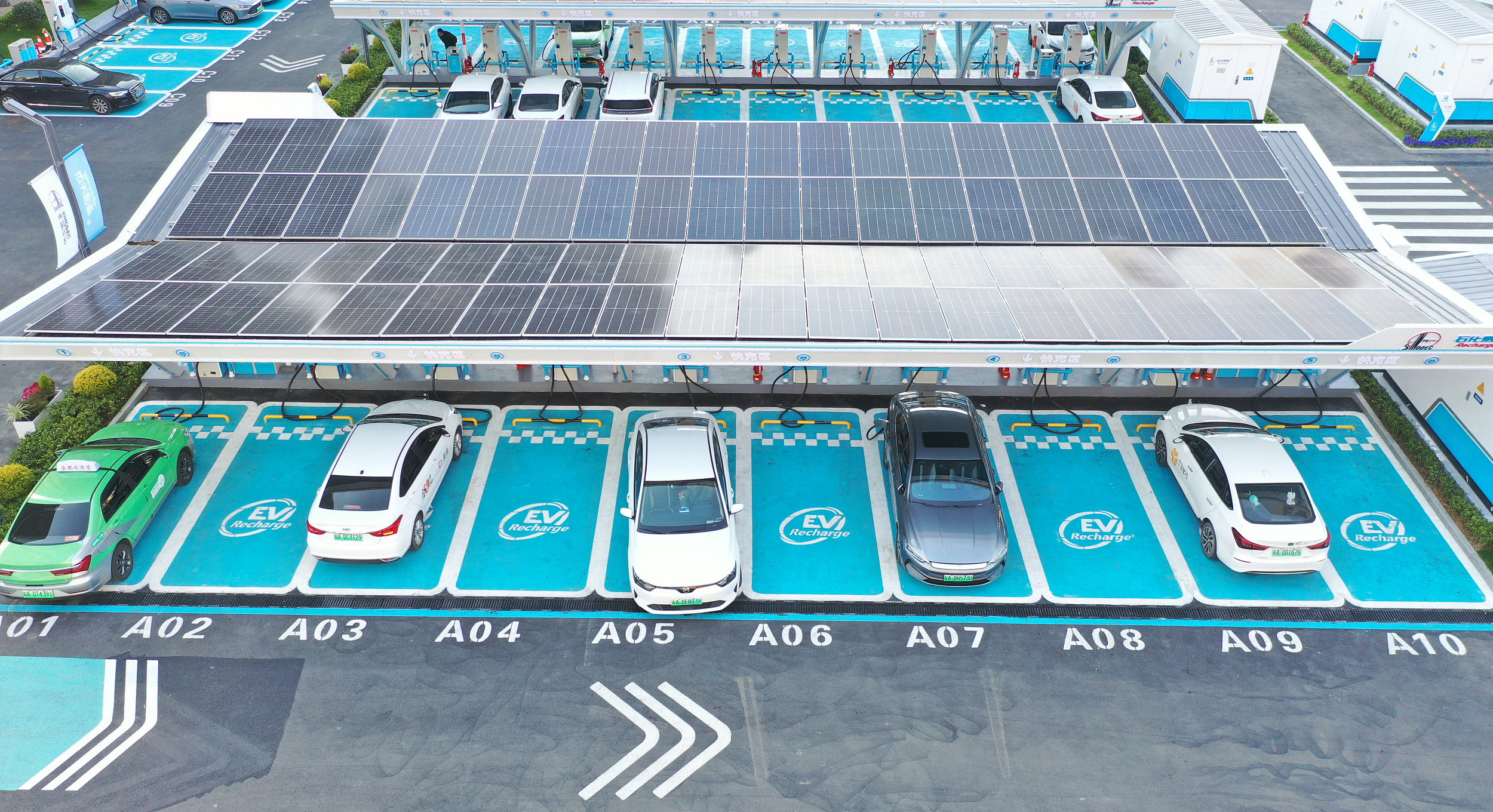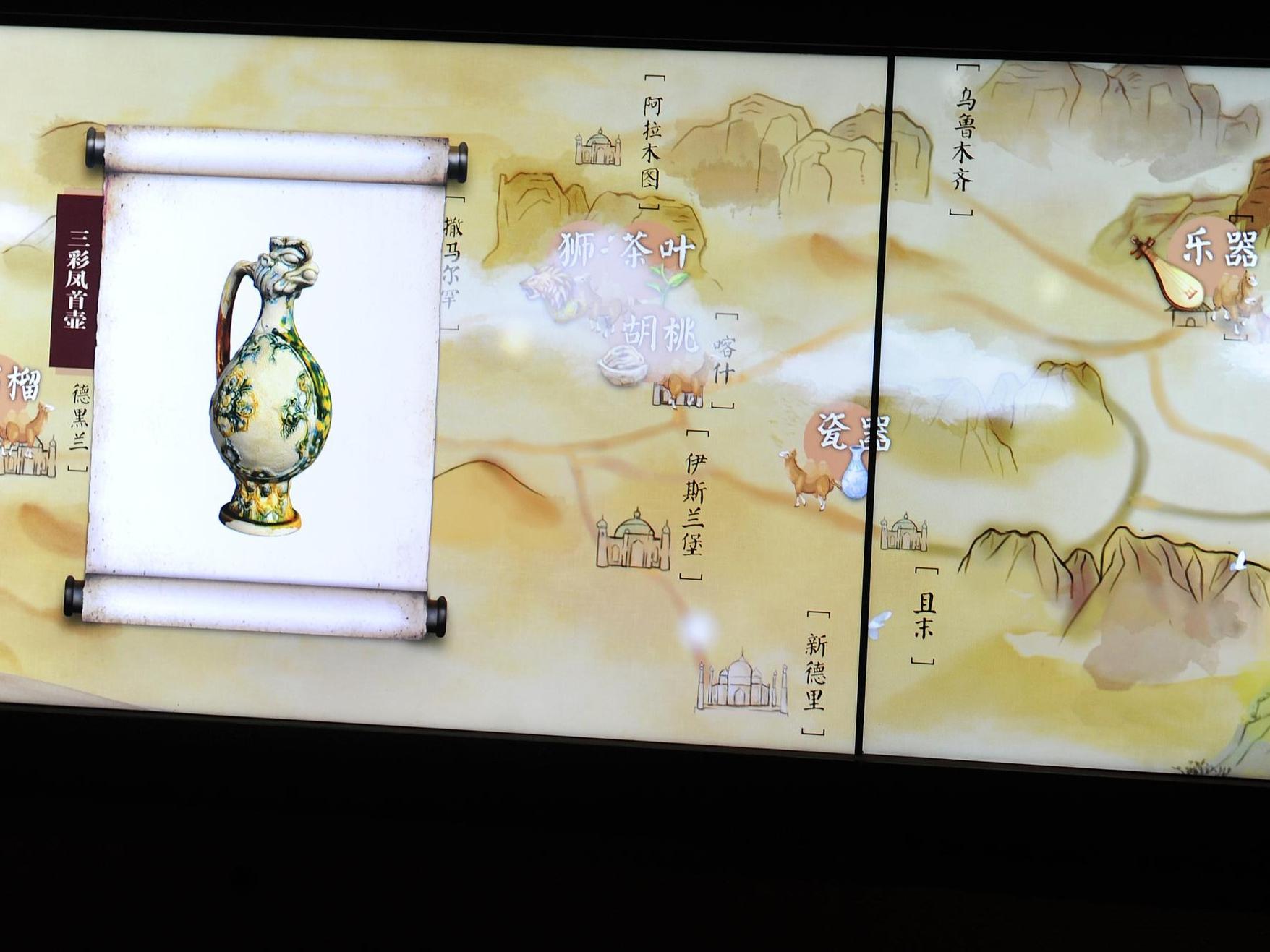Expanding Public Service NEVs in 15 Piloted Cities

A comprehensive charging and power-swapping station of Sinopec in Hefei city, Anhui province. (PHOTO: VCG)
By?CHEN?Chunyou
China plans to expand the coverage of new energy vehicles (NEVs) in public service roles in 15 cities, including Beijing, Shenzhen, Chongqing,?Chengdu and Zhengzhou, according to a notice released on November 14 by the Ministry of Industry and Information Technology (MIIT), Ministry of Transport and six other departments.
The promotion of NEVs will focus on buses, sanitation vehicles, taxis, postal service vehicles, urban logistics and distribution vehicles, heavy trucks and airport shuttles, aiming to have 600,000 NEVs put into use for public service in these piloted cities within two years.
To support the expansion, more than 700,000 charging piles and 7,800 battery swapping stations will be built in these cities.
Efforts will be made to accelerate the application of smart orderly charging and high-power charging. In addition, advancements in intelligent networked vehicle technology are anticipated.
Meanwhile, breakthroughs are to be made in carbon trading and green power trading for NEVs, and the localization rate of key components is expected to rise and realize practical application in automobiles.
The selected 15 cities were classified into three categories. In addition to the first category mentioned above, it also includes Ningbo, Xiamen, Jinan, Shijiazhuang and Tangshan in the second category, and Liuzhou, Haikou, Changchun, Yinchuan and Erdos in the third category. Each city has its strengths in developing the NEV industry and has set its goals.
For example, Beijing, ranking among the first on the industrial scale, aimed to increase its NEVs by 36,300, and build 28,000 charging piles and 90 battery swapping stations. Xiamen, a national low-carbon pilot city, decided to build 20,000 charging piles, and 31 battery swapping stations, and become the demonstration city for optical storage and charging.
This pilot initiative aims to develop replicable and expandable practices and patterns in the NEV sector, so that they can facilitate the full marketization of NEVs and the establishment of a green and low-carbon transportation system, according to MIIT.







